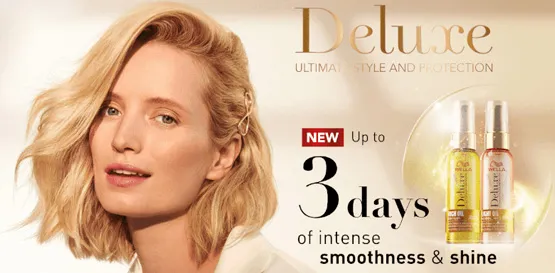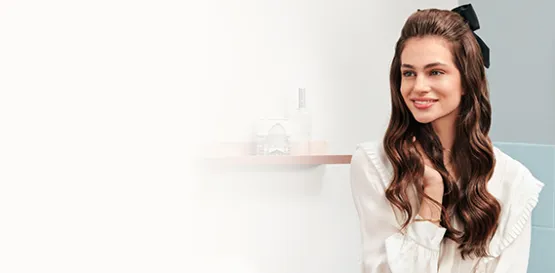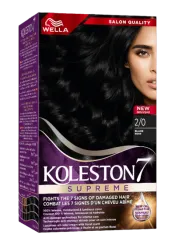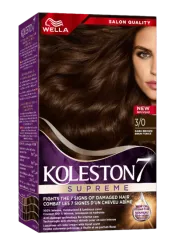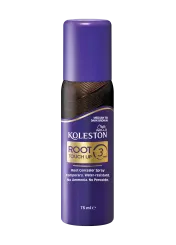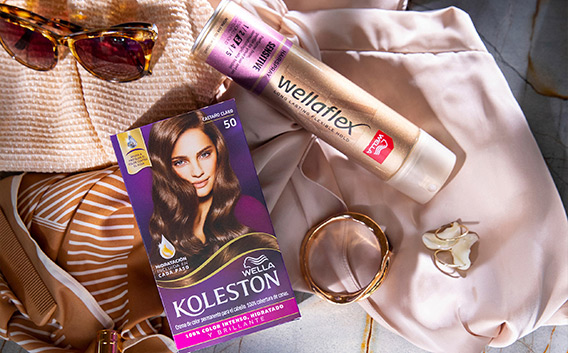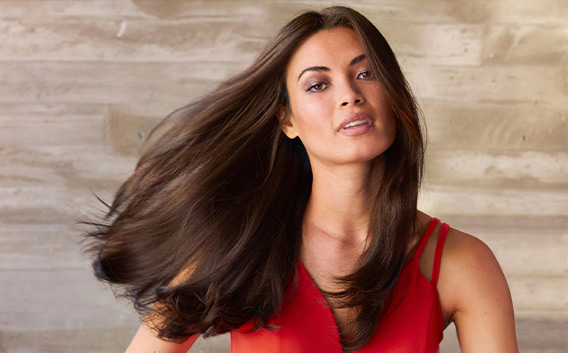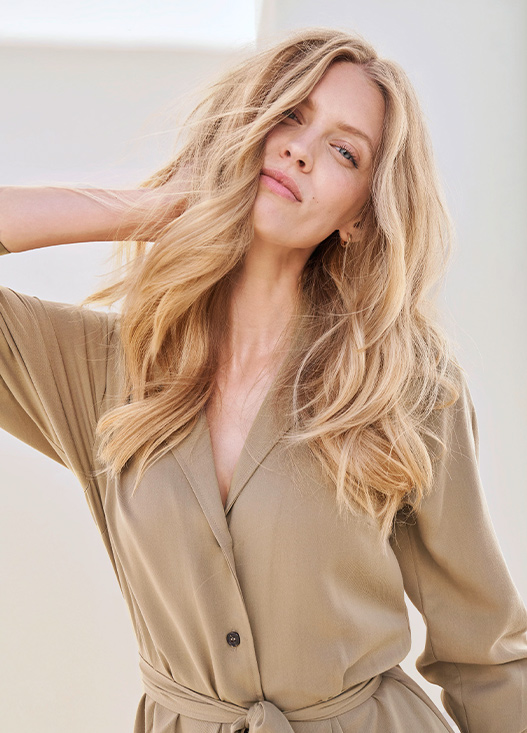
Hair color is one of beauty’s most complicated sciences. Follow our Wella Color Expert’s Top 10 coloring tips to help you get your home hair color just right.
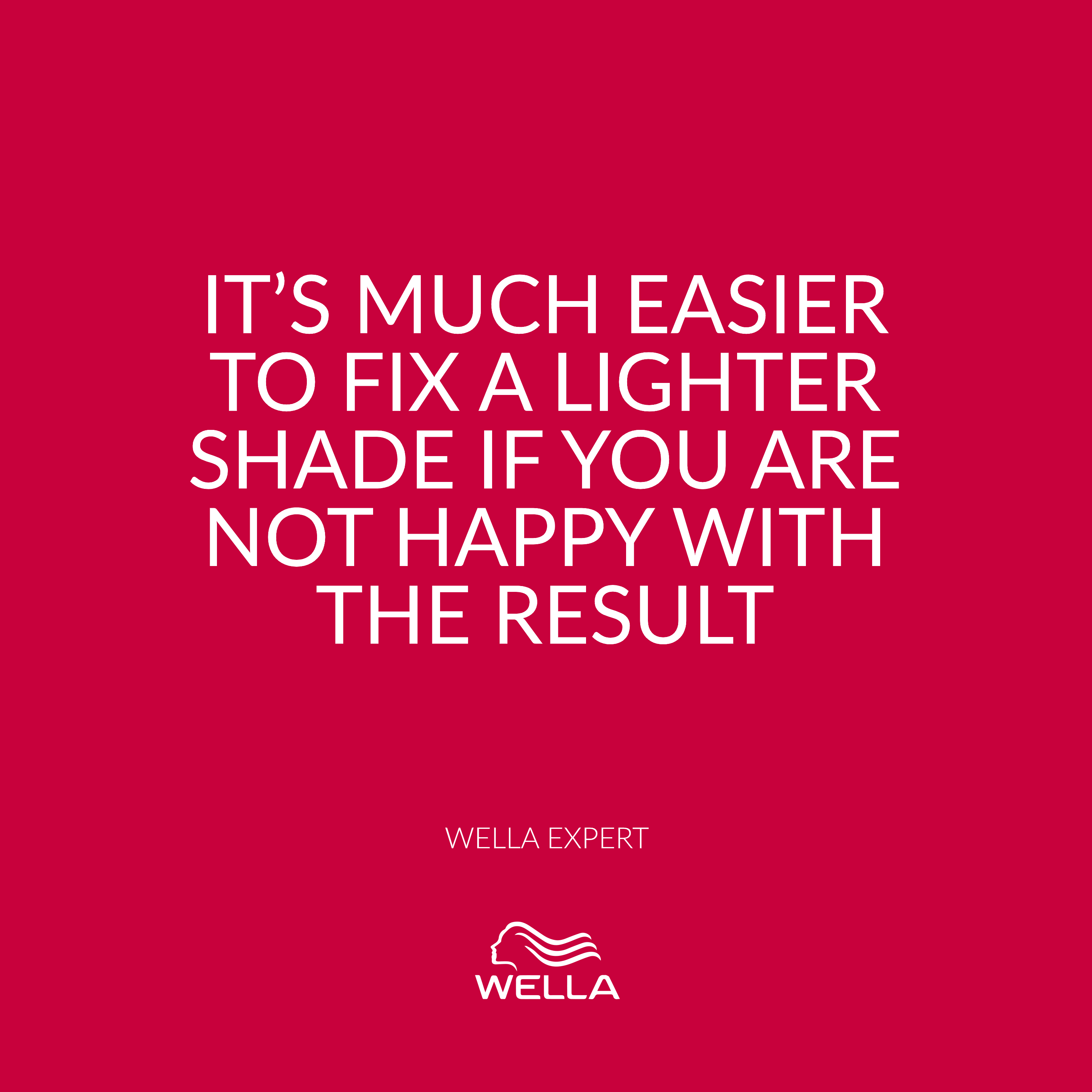
Find color for your unique hair
Color is different for everyone. Just because you and your best friend use the same shade doesn’t mean you’ll have the same hair color result. Color develops a bit differently on every person, so consider hair condition, starting color and how much processing has gone on.
Use the shade grid as a guide
Don’t go by the model on the front of the color pack to predict your color result. Check out the starting color/resulting color grid on the back to see how your starting color influences your end color result.
Your skin tone matters
Choose a color that suits your skin tone. For instance, if your coloring is cool (fair, rosy skin with blue, green or grey eyes) go for ashy blondes and mahogany brunettes, and avoid warm or golden hair colors. Check here if you’re warm or cool.

When in doubt, go lighter
It’s much easier to fix a lighter shade if you are not happy with the result. Most box colors turn out darker than you think, so unless you’re certain, choose a shade that looks a bit lighter than you’d like the final result.
Try a non-permanent first
If coloring on a whim or just trying something new, go with a non-permanent color. This type of hair color, such as Soft Color, will wash out faster (from up to 8 to up to 24 shampoos dependent on the product to use). So, if you don’t like it, it’ll wash out sooner. Plus, the results you achieve are usually closer to your natural hair color, which keeps you from making a too drastic change.
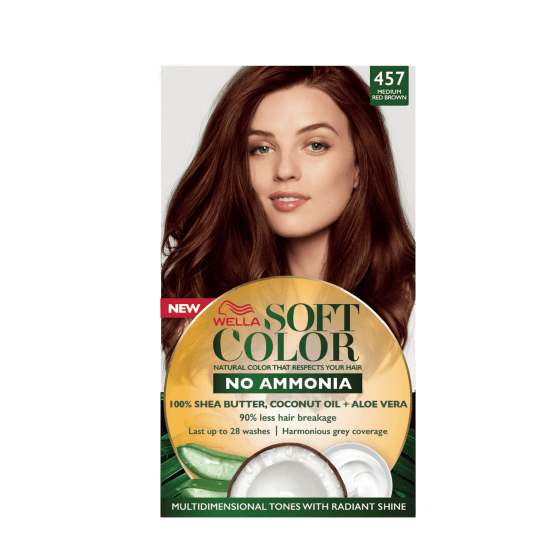
Start with small changes
Don’t go for a dramatic change – stay within one to three shades of your current or natural color. For instance, if your hair is dark and you want to be platinum blonde, leave it to the professionals and visit your hair salon.
Keep your greys top of the mind
Remember that the more grey hair you have, the lighter your overall shade will appear. Be careful when choosing a color. Start off with a tone one to three shades lighter than your natural color, slowly re-introducing warmth and intensity back into your hair.
Hair type makes a difference
Coarse hair (large in diameter) generally takes more time to absorb color, so it requires longer processing time. Fine hair (small in diameter) generally takes less time to absorb color so it requires a shorter processing time.
Color-treated hair products do the trick
Use hair care products specifically designed for colored hair. Also try hair treatments that help keep your color looking great between colorings.
Do a strand test
Since several factors – including hair texture, dryness or whether it’s permed or not – affect timing, a strand test will help you estimate the coloring time to the get the right result.

